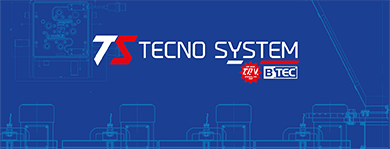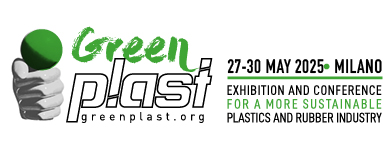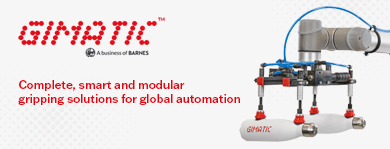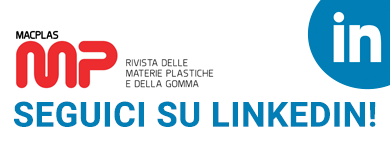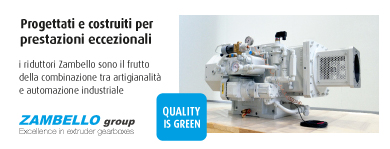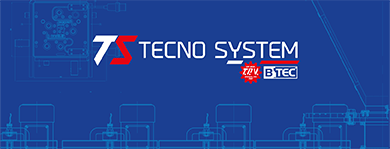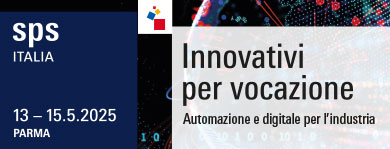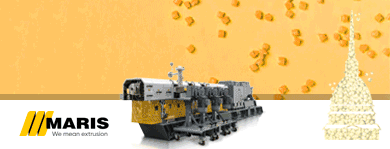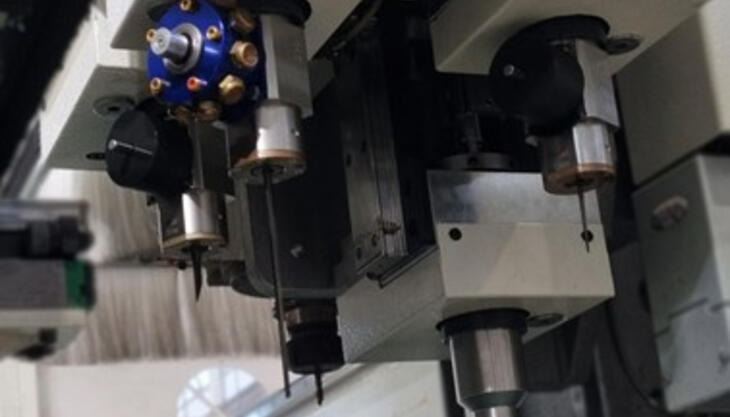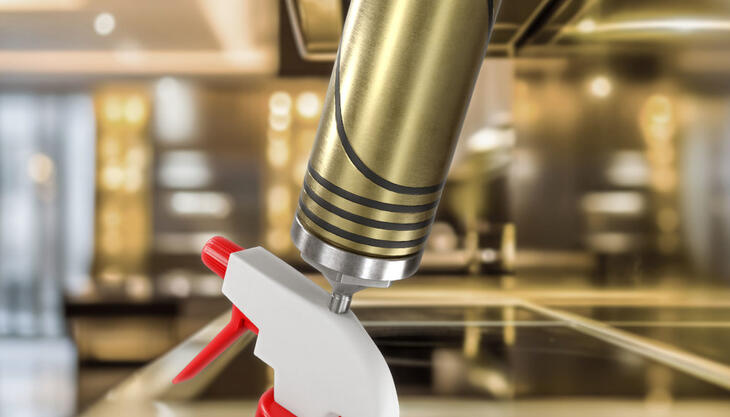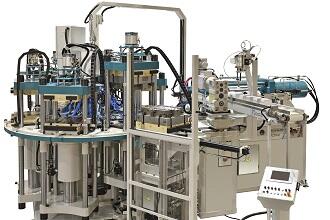
The competitiveness and efficiency of the automated production process in the name of quality and safety represent, for Presma, the foundations on which it builds proposals that increasingly meet the expectations of rubber and solid silicone processors.
After the Roto R12 12-station, horizontal injection moulding machine for rubber processing was presented for the first time at the DKT 2015 show in Nuremberg, the company has now introduced a specific rotary moulding machine for solid silicone. Due to the experience gained in the construction of important static vertical moulding machines for an important Italian company, Presma convinced the same customer to evaluate the concept of a “multi-station unit” to reduce the downtime of curing and consequently increase the productivity.
Cycle optimization and better moulding quality
At the end of October, the new Roto LOP RS 2000 F-6 was successfully tested: a six-station, vertical rotary injection moulding machine, equipped with a sliding lower mould half for insert loading and part unloading, with the horizontal injection unit, and with a horizontal screw and punch injection unit. The feeding of the silicone in loaves through a "pick and place" system ensures a precise transfer from the conveyor belt to the storage position, in front of the "punch cylinder” feeding the screw.
The main advantage of such a configuration is the possibility of significantly reducing the cycle time compared to a single-station machine. After the injection into the mould, it is not necessary to wait for the compound to cure before unloading the product and then start again with another injection, because, with the mould still closed, the table rotates and brings the next mould to the injection position. The operation is repeated as many times as the number of stations and, at the end of the rotation cycle, the curing process of the material injected into the first mould is complete, allowing the product to be unloaded.

Rotary versus static
The widely achieved goal, in this specific case, was the injection of 1500 g of silicone within a moulding cycle of 60 seconds. On the other hand, the cycle time of a single-station injection moulding machine could not be less than 360-380 s using 6/8-cavity moulds with a curing time of 300 seconds, when considering the moulding, ejection and insert positioning phases; the production that would be obtained is around 60-80 pieces/hour compared to the 120 pieces now obtained with the rotary solution, using six 2-cavity moulds.
Further advantages are represented by an easier mould manufacturing and reduced sprues. The solution with vertical opening and sliding lower mould half enables the operator to work safely and offers better automation opportunities as regards the loading and unloading processes.
A flexible and well controlled process
Productivity improvement is not the only advantage. The number of stations on the rotary table makes this technology very flexible. By installing different moulds, in fact, it is possible to obtain, in the same cycle, products of the same material which are different in shape and size. The number of stations varies according to the curing times necessary for the parts to be injected so that, at the end of each cycle, without loss of time, the ejected part will be perfectly cured.
The process can be optimized thanks to precise automation, controlled by a dedicated software developed by Presma and capable of managing every phase of the process as well as every technical inconvenience. For example, in the event that the mould in front of the carriage has a malfunction, the machine would not proceed with the injection, but the table would continue to rotate, skipping the “defective” station until the technician’s intervention.





